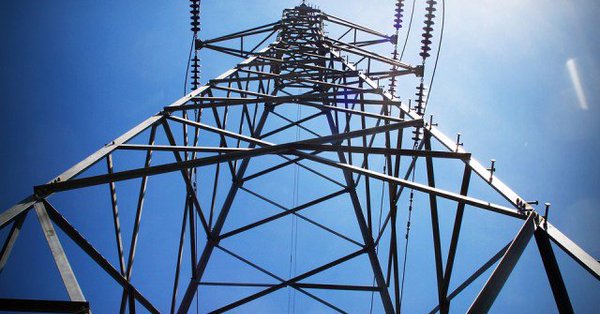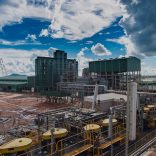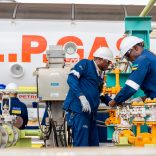Mozambique president says TotalEnergies LNG project expected to resume by September
Mozambique: EDM exported 30% of output in 2022 – report

File photo: EDM
Almost 30% of the energy produced in 2022 by Eletricidade de Moçambique (EDM), Mozambique’s state-owned electricity generator, was exported – driven by production at the Cahora Bassa Hydroelectric Plant – and with the administration highlighting the country’s goal of becoming a regional energy hub.
“If, on the one hand, we have the governmental challenge of ensuring that energy fulfils its role as a driver of social and economic development, on the other hand, EDM should, in the coming years, consolidate Mozambique’s role as an energy hub in the SADC [Southern African Development Community] region,” states the chairman of the EdM board of directors, Marcelino Gildo Alberto, in its annual report and accounts, to which Lusa had access on Thursday.
According to the document, electricity produced in 2022 in Mozambique amounted to 8,146 GigaWatt-hours (GWh), an increase of 6% compared to 2021, and of this total 1,730 GWh were exported to neighbouring countries, or 5% more than last year.
As a result, the weight of EDM’s electricity exports – supplied to other concessionaires or consumers operating in the countries of the SADC region covered by southern African energy market agreements – totalled 27% of the 2022 total.
“The surplus energy available at times of low consumption is optimised through bilateral energy export agreements to the regional market,” adds EDM in the report.
The document also states that “maximising the availability of the additional 150 non-firm MegaWatts from the Cahora Bassa Hydroelectric Plant at times of low national demand contributed to a 5% increase in exports compared to 2021.”
In terms of demand, total energy billed by EDM increased by 7% from the 2021 level, to 6,350GWh. Thus, taking into account the total 2022 production of 8,146 GWh, more than 20% of the electricity produced was not billed for by the company.
In the report, EDM also identifies various “constraints” that are impacting the company’s operations, such as the “high debts of state institutions” – especially in the areas of water supply and health – but also the “difficulty in collecting the debt of the Ministry of Defence.”
It also recognises the “shortfall in funds for the purchase of maintenance equipment and meters”, the “poor recovery of retroactive energy debt”, resulting in the “exponential growth of debt in the system.”
Created in 1977, EdM’s mission is to produce, transport, distribute and market electricity from its own production, from the Cahora Bassa Hydroelectric Plant (HCB) and from independent energy producers.
“HCB is our preferred source due to the significantly lower cost it offers compared to other sources,” notes the report from the company, which is also responsible for managing Mozambique’s national electricity grid.
According to EDM, of HCB’s 2,075 MW of installed capacity, only 650 MW is available to service the domestic market, which “has forced [domestic users] to resort to very expensive energy” from independent energy producers “to meet the growing demand which, in 2022, will reach around 1,044 MW.”












Leave a Reply
Be the First to Comment!
You must be logged in to post a comment.
You must be logged in to post a comment.